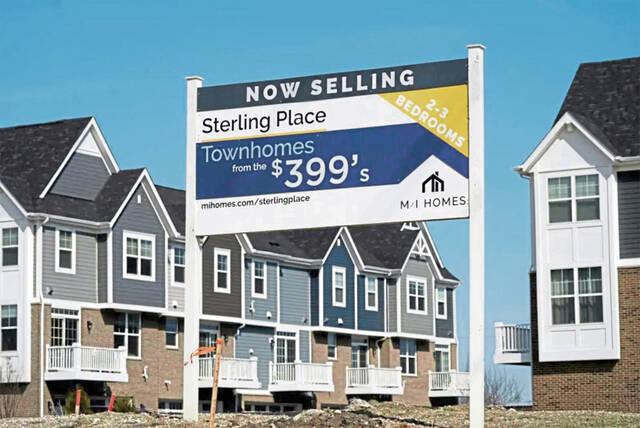Standoff with armed man in Pittsburgh’s North Side.
Police seek man who fled Larimer shooting.
One dead and two injured in Wilkinsburg shooting.
And that was just Saturday and Sunday. Just in Allegheny County.
The hard truth is, crime is a consistent neighbor for many in the Greater Pittsburgh area.
Pittsburgh isn’t Detroit or Chicago. It’s not Philadelphia, but it still has too much happening that lands people in the hospital or in the morgue.
According to the Pennsylvania Commission on Crime and Delinquency, in 2018 there were 92 criminal homicides in Allegheny County. There were 1,313 sex crimes and 1,024 robberies. There were 11,184 assaults and 160 arsons.
In a county of 1.2 million people, that means for every hundred people, more than one has been the victim of violent crime.
True, in the city and county of Philadelphia, with a population of 1.58 million, the numbers more than double to 2.5 violent crimes per hundred people. But knowing how much worse a situation could be isn’t a reason to be content with how bad it is.
The knife crimes in August in Downtown Pittsburgh provoked questions. A rash of gun crimes in May and June alarmed New Kensington residents.
The problem is that there isn’t one person to find to stop the crime. It isn’t a serial stabber or rogue gunman. The issue is that crime is a virus and too many people have picked up the disease.
Nationwide, crime rates are down and Pittsburgh Mayor Bill Peduto has pointed to lower numbers locally, too, but when it comes to violent crime, the numbers are never low enough.
So what do we do?
More and more small municipalities in Pennsylvania are shuttering their police departments and handing the responsibility to the state police as they try to provide the services they have to with limited number of tax dollars. That’s unfortunate because local police — perhaps from more consolidated departments — are a vital and irreplaceable part of staying safe.
A New York University research group found that another way to reduce crime was to increase the amount of programs in the community. Sociology professor Patrick Sharkey found that investments in things like housing, community centers and parks in a community brought a stability that lowered crime numbers.
The best thing about this idea is that it can start in every neighborhood with the simple catalyst of people who care.
If we had one violent crime per 100 people last year, what could an equal response in positive community programs accomplish?








